We put the Apple iPhone SE (2022) through our rigorous DXOMARK Audio test suite to measure its performance both at recording sound using its built-in microphones, and at playing audio back through its speakers.
In this review, we will break down how it fared in a variety of tests and several common use cases.
Overview
The Apple iPhone SE (2022) is the brand’s least expensive iPhone model on offer, and it delivers an audio performance that is on par with its predecessor, the iPhone SE (2020). Whether it is playback or recording, audio from this high-end 2022 phone is relatively free of artifacts. Playback was particularly good at maximum volume when compared with other devices. Sound dynamics were good, especially when gaming and watching movies. But the audio performance really stood out in the recording, with consistent results in each use case. Proper tonal balance of voices resulted in great audio in life and selfie video; microphone occlusions from finger movements near the microphones were well managed and had only a minor impact on voice recording.
Key audio specifications include:
- Stereo playback, bottom-firing and top front-firing
- No Jack audio output
- Dolby Digital Plus
- User‑configurable maximum volume limit
- Spatial audio
- Voice isolation and wide spectrum microphone modes
Scoring
Sub-scores and attributes included in the calculations of the global score.
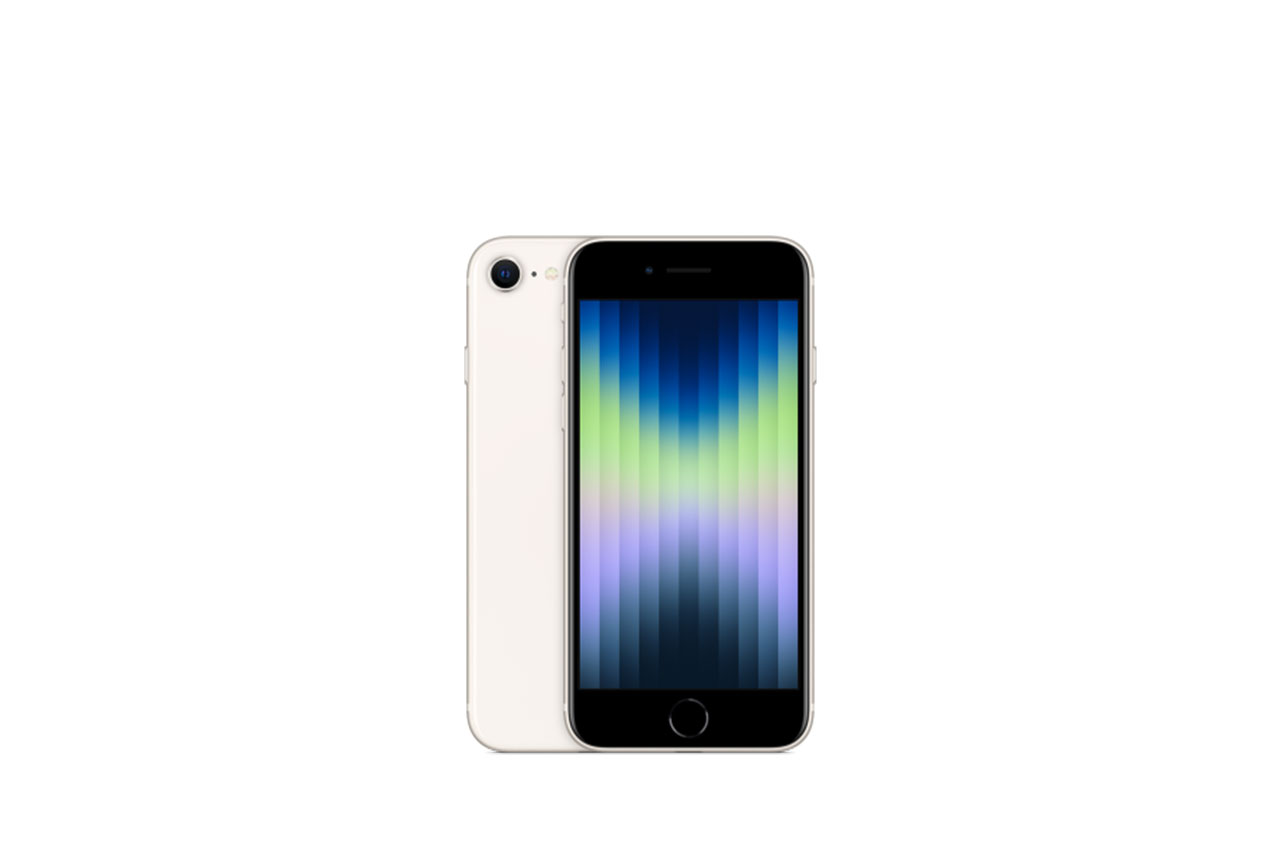
Apple iPhone SE (2022)


 101st
101st 16th
16thPlayback
Recording
Pros
- Good performance overall and very consistent in each use case
- Very good performance with no Artifacts even at high SPL compared to reference devices
- Good Envelope and SNR performance in every app thanks to a proper tonal balance of voices
- Plosives in voices content and attack of instruments are well-reproduced thanks to a good treble tuning
- Excellent performance regarding spectral artifacts with few perceivable distortions
- Great performance in life video and selfie video regarding microphone occlusions; well-reduced finger noise
Cons
- Compared to other high-end devices, a slight lack of bass and high extension
- Some pumping can be heard on loud voice content and a slow automatic gain control was perceivable at high SPL
- Volume was lower for memo app
Test summary
About DXOMARK Audio tests: For scoring and analysis in our smartphone audio reviews, DXOMARK engineers perform a variety of objective tests and undertake more than 20 hours of perceptual evaluation under controlled lab conditions.
(For more details about our Playback protocol, click here; for more details about our Recording protocol, click here.)
The following section gathers key elements of our exhaustive tests and analyses performed in DXOMARK laboratories. Detailed performance evaluations under the form of reports are available upon request. Do not hesitate to contact us.
Playback
Apple iPhone SE (2022)
163
DXOMARK engineers test playback through the smartphone speakers, whose performance is evaluated in our labs and in real-life conditions, using default apps and settings.
Playback attributes on the iPhone SE (2022) were rather consistent throughout, meaning there were no extremes among timbre, dynamics, spatial and volume, except for artifacts, which achieved a much higher score than the other attributes. Looking at each attribute individually, however, in timbre, tonal balance on the iPhone SE (2022) was impaired by the lack of bass. The lack of high-end extension reduced the definition of high-pitched instruments and sound brilliance, especially when playing games. Dynamics, overall, were very good, with a performant attack at nominal volume, particularly in gaming and movie use cases. But a lack of low-end extension affected bass precision and punch when volume was soft. The iPhone SE’s weak spot among the attributes was spatial. The device showed good wideness when compared with other similarly sized devices, but the sound was unbalanced because of the reversed stereo channels when using the music app, and because centered elements would shift to the sides. But the sound balance issues did not affect distance and localizability, thanks to the good balance between midrange and high frequencies.
Audio was highly dynamic and distinguishable at minimum volume, but maximum volume was lower than most high-end devices.
Artifacts was the device’s strongest attribute, with a temporal performance that showed no pumping or compression artifacts. Considering that the iPhone SE’s maximum volume is not as loud as on other devices, it was surprising to have distortion affecting the user experience as much as it did with the volume at its highest level. Other artifacts emerged when gaming, such as the ease in which the bottom speaker can be occluded by the user, which affected the overall audio experience. The music listening experience was affected also by the perceived latency when playing Play/Pause in the music app.
Listen to the tested smartphone’s playback performance in this comparison with some of its competitors:
Here is how the Apple iPhone SE (2022) performs in playback use cases compared to its competitors:

Timbre
Apple iPhone SE (2022)
158
The Timbre score represents how well a phone reproduces sound across the audible tonal range and takes into account bass, midrange, treble, tonal balance, and volume dependency. It is the most important attribute for playback.

Dynamics
Apple iPhone SE (2022)
149
The Dynamics score measures the accuracy of changes in the energy level of sound sources, for example how precisely a bass note is reproduced or the impact sound from drums.

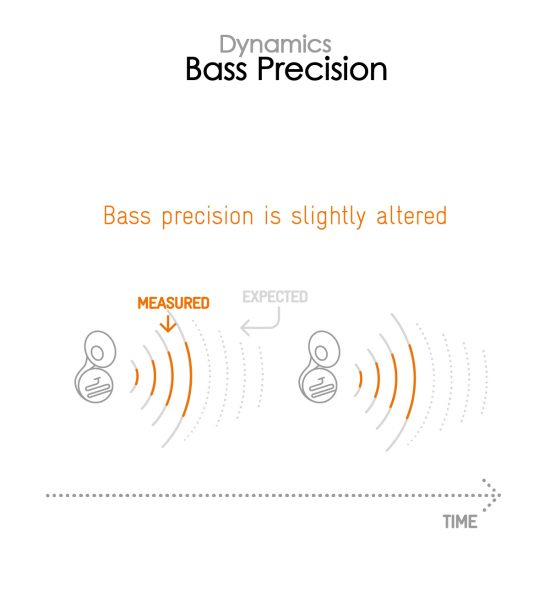

Spatial
Apple iPhone SE (2022)
162
The sub-attributes for spatial tests include pinpointing a specific sound's location, its positional balance, distance, and wideness.
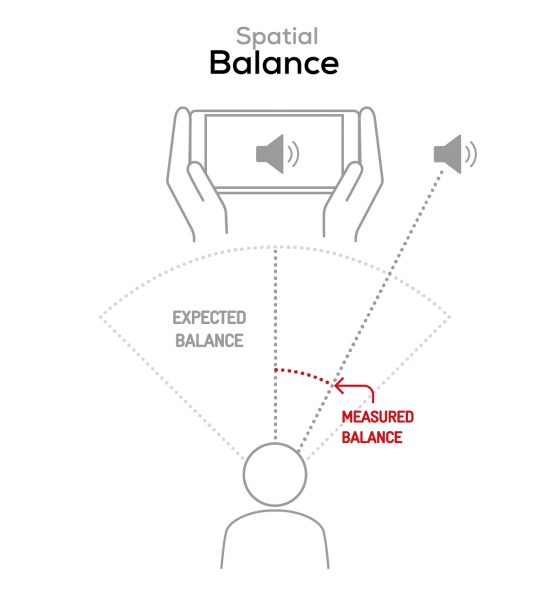
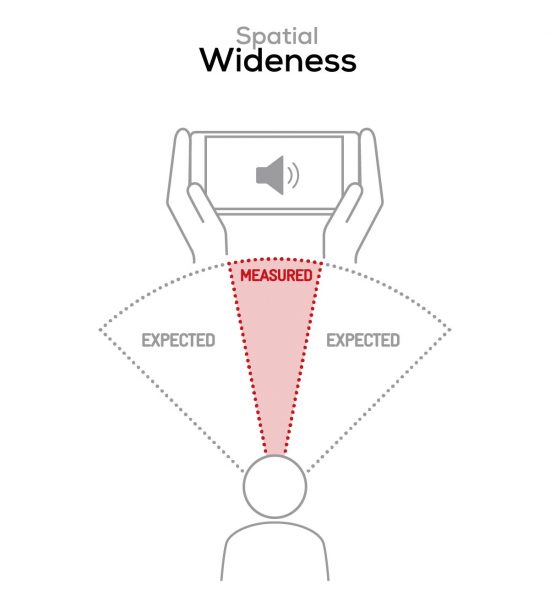

Volume
Apple iPhone SE (2022)
162
The Volume score represents the overall loudness of a smartphone and how smoothly volume increases and decreases based on user input.
| Hip-Hop | Classical | |
| Apple iPhone SE (2022) | 73.9 dBA | 69.9 dBA |
| Xiaomi 11T | 71.3 dBA | 68.6 dBA |
| Google Pixel 6 | 74.8 dBA | 69.7 dBA |

Artifacts
Apple iPhone SE (2022)
157
The Artifacts score measures the extent to which the sound is affected by various types of distortion. The higher the score, the less the disturbances in the sound are noticeable. Distortion can occur because of sound processing in the device and because of the quality of the speakers.
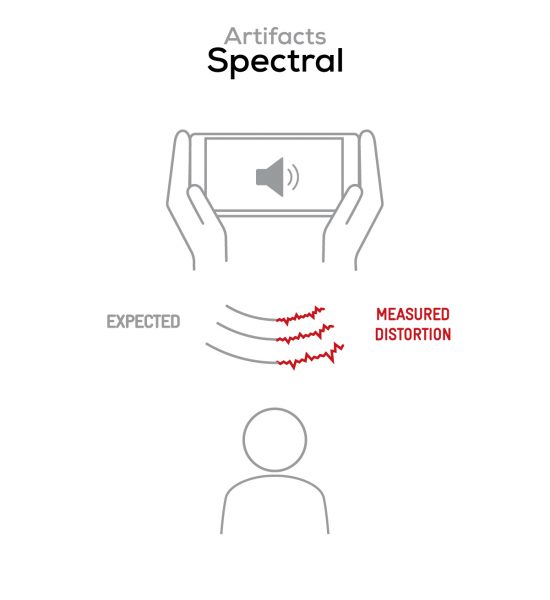

Recording
Apple iPhone SE (2022)
160
DXOMARK engineers test recording by evaluating the recorded files on reference audio equipment. Those recordings are done in our labs and in real-life conditions, using default apps and settings.
When looking at the recording attributes individually, timbre and artifacts were the iPhone SE’s highest-scoring sections. Timbre showed great performance overall, with very good tonal balance, particularly in the midrange, despite the lack of extension in high and low frequencies. Tonal balance was well handled by the device in high SPL environments like an electronic concert, and there was very little distortion. The good tonal balance of voices also helped the iPhone SE’s dynamics, creating a good envelope and signal-to-noise ratio in every app. Like in playback, the iPhone SE’s spatial performance was its weak spot. Despite good wideness and localizability in the life and selfie videos, spatial results were poor in the memo app because they are mono recordings. When assessing recorded volume, loudness in life videos and memos is good, but slightly lower when recording selfie videos. Besides that, the iPhone SE (2022) will provide an excellent recording of any loud concerts or other high SPL scenarios. Not only is the loudness great, but the audio will have very few perceivable distortions. But loud voice content at high sound pressure levels did results in some pumping.
In the background attribute, recordings showed good tonal balance, even though there was a slight lack of high- and low-frequency content.
Here is how the Apple iPhone SE (2022) performs in recording use cases compared to its competitors:

Timbre
Apple iPhone SE (2022)
147
The Timbre score represents how well a phone captures sounds across the audible tonal range and takes into account bass, midrange, treble, and tonal balance. It is the most important attribute for recording.

Dynamics
Apple iPhone SE (2022)
146
The Dynamics score measures the accuracy of changes in the energy level of sound sources, for example how precisely a voice's plosives (the p's, t's and k's, for example) are reproduced. The score also considers the Sound-to-Noise Ratio (SNR), for example how loud the main voice is compared to the background noise.
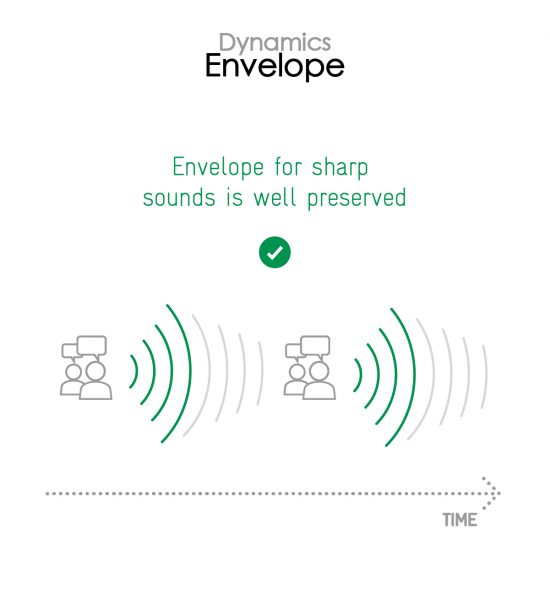
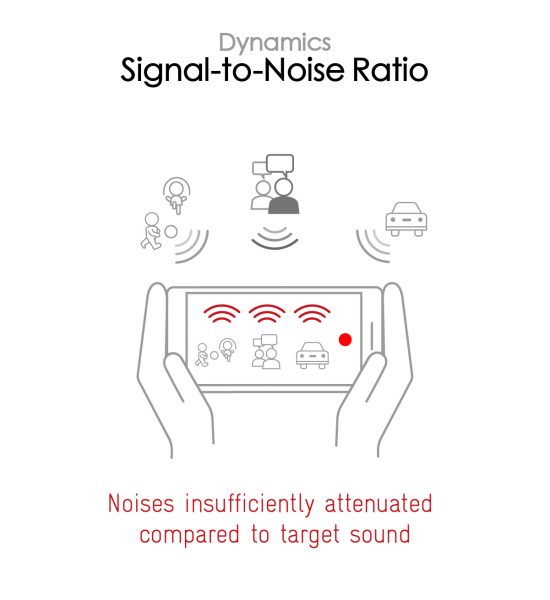

Spatial
Apple iPhone SE (2022)
159
The sub-attributes for spatial tests include pinpointing a specific sound's location, its positional balance, distance, and wideness on the recorded audio files.
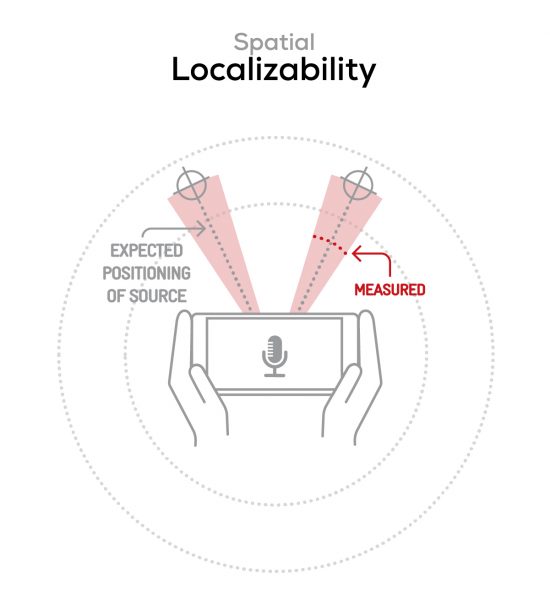
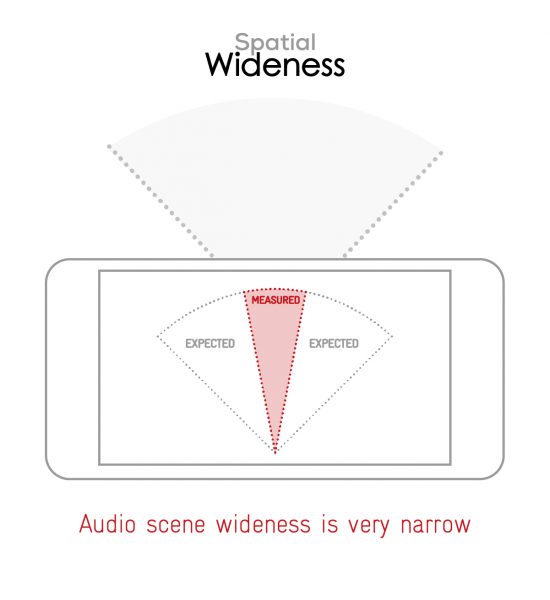

Volume
Apple iPhone SE (2022)
170
The Volume score represents how loud audio is normalized on the recorded files and the how the device handles loud environments, such as electronic concerts, when recording.
| Meeting | Life Video | Selfie Video | Memo | |
| Apple iPhone SE (2022) | -24.7 LUFS | -21.7 LUFS | -19.9 LUFS | -19 LUFS |
| Xiaomi 11T | -26.8 LUFS | -21.2 LUFS | -19.5 LUFS | -20.3 LUFS |
| Google Pixel 6 | -27.8 LUFS | -17.9 LUFS | -16.3 LUFS | -19.8 LUFS |

Artifacts
Apple iPhone SE (2022)
145
The Artifacts score measures the extent to which the recorded sounds are affected by various types of distortions. The higher the score, the less the disturbances in the sound are noticeable. Distortions can occur because of sound processing in the device and the quality of the microphones, as well as user handling, such as how the phone is held.

Background
Apple iPhone SE (2022)
166
Background evaluates how natural the various sounds around a voice blend into the video recording file. For example, when recording a speech at an event, the background should not interfere with the main voice, yet it should provide some context of the surroundings.




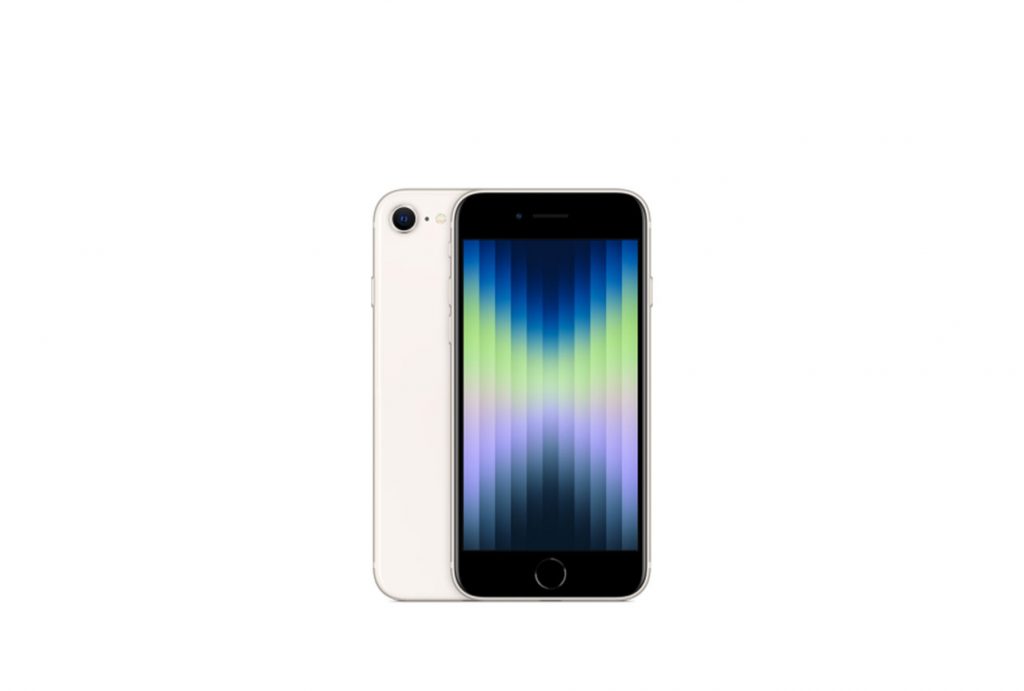
DXOMARK encourages its readers to share comments on the articles. To read or post comments, Disqus cookies are required. Change your Cookies Preferences and read more about our Comment Policy.